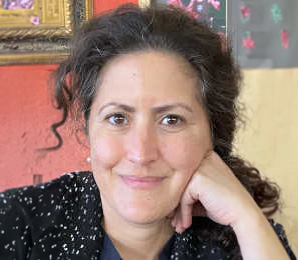Tag
Social Security
-
A reporter considers the consequences of publishing a source’s legal status
Millions of unauthorized immigrant adults — who represent more than 80% of immigrants living in the United States illegally —…
-
•
Webcast will cover implications of federal spending deal on Medicare
Medicare reform is a hot topic on the agenda for the bipartisan congressional budget committee whose Dec. 13 deadline for…
-
•
Low interest rates affect seniors’ ability to pay medical expenses
A lot is written about people who don’t save enough for retirement. But what about older adults who saved diligently,…
-
•
Medicare gets the headlines but future of Social Security will affect seniors’ health
The future of Social Security isn’t commanding center stage in this election season. But it’s an important topic sure to…
-
Waiting period affects 2 million disabled Americans
Nearly 2 million disabled Americans “fall into a twilight with the first monthly Social Security disability payment, for they then…





